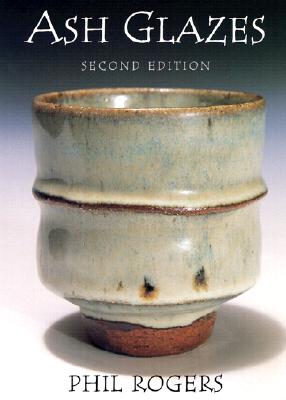
Ash Glazes
Description
Ash glaze, as the name suggests, is a glaze derived from ashes. The earliest such glazes can be traced back to the Shang period in China (c. 1500 B.C.), and it is thought they were produced accidentally, the result of white-hot wood ash being carried through the kiln with the draft of the fire and settling onto the pots, where the searing white heat melted it to a glass. Three thousand years later, wood ash remains an important and immensely popular feature of pottery glaze making.
For the modern potter, the satisfaction of working with ash glazes comes from following an ancient tradition as well as from using materials that occur naturally. The results of different wood ashes often vary dramatically, making it possible to achieve a wide range of unique finishes. Even wood from the same species of tree garnered just miles apart can produce subtly different results.
In this second edition of Ash Glazes, Phil Rogers covers the history of ash glazes and proceeds to discuss the practicalities of collecting and testing wood ashes and transforming them into glazes. In the final portion of the book, he looks at the work of some leading international potters whose work is typified by the array of finishes that they achieve through their use of wood ash glazes. Images of their work offer an impressive display of the colors and techniques possible through this glazing technique.
Ash Glazes has been designed as an introduction and practical handbook to the subject. It will provide inspiration for working potters and delight for all those interested in contemporary ceramics.
